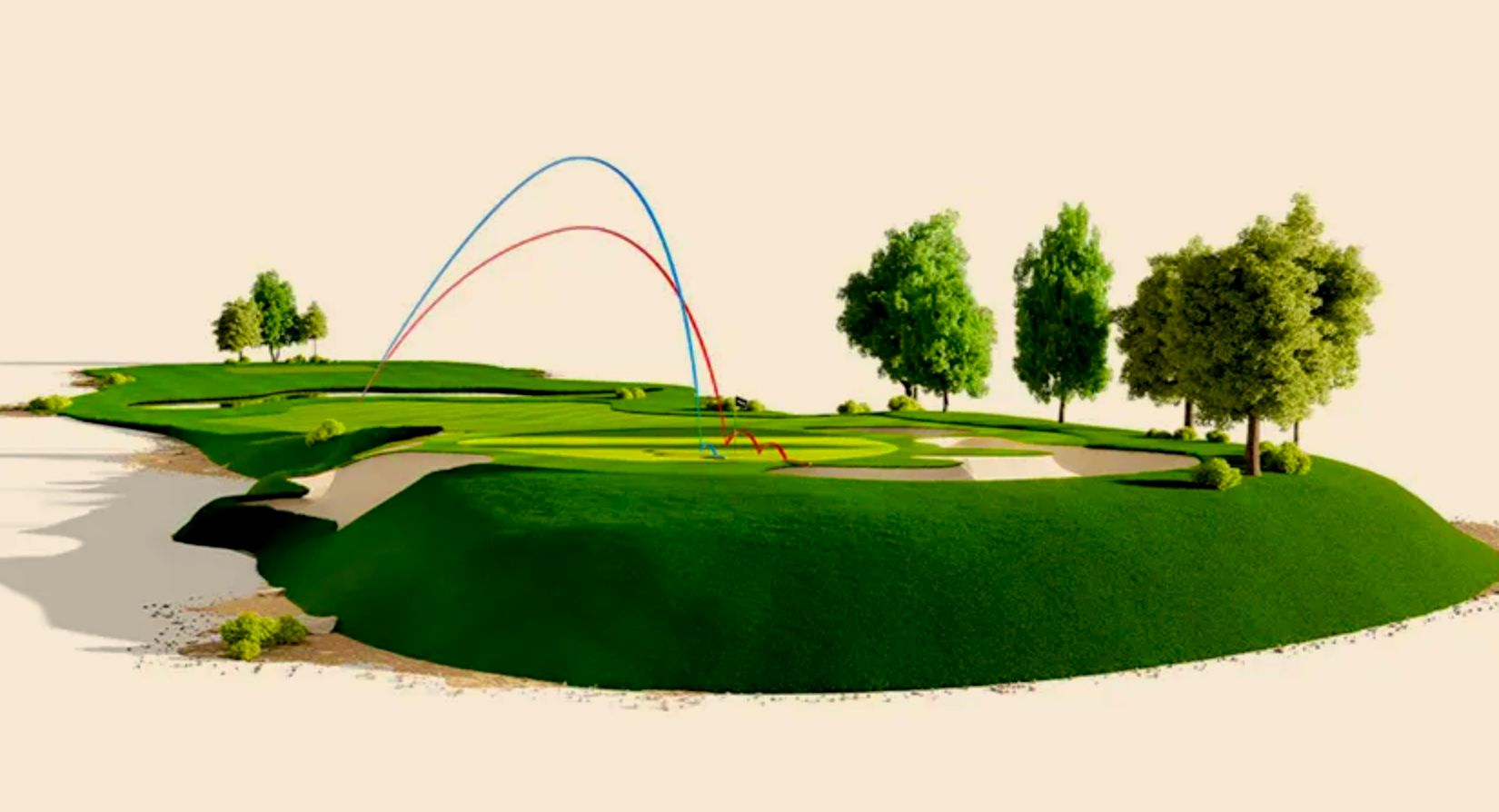
New Grooves, More Control: Showcasing The Titleist T-Series
We put the new groove design on Titleist's T-Series Irons to the test with the help of Sugarloaf Social Club Ambassador, Jake Dezoort.
*In partnership with Titleist*
Irons are all about control. Controlling distance, trajectory, ball flight shape, and stopping power, and the one component that plays a big part in all of that control is spin.
The less spin variability that happens on each shot allows a golfer to better predict ball flight shape, height, and stopping power on approach shots, resulting in better distance control and proximity to the hole. This leads to the opportunity of more made putts and, most importantly, lower scores.

But what controls spin?
Spin is a byproduct of several factors during the impact of the club face and ball; club head speed, delivered loft, attack angle, impact location, the type of ball, plus the amount of friction that can be generated at the point where face and golf ball connect for less than half a millisecond.
Now, of all those factors, one thing that can’t be controlled by the golfer is the amount of friction between the club and the ball, especially once outside influence has been applied in the form of grass or moisture. This is exactly why grove design is a critical part of the iron design process.
If a groove generates too much spin, especially with the mid and short irons then the ball will tend to ballon and a player will lose control in windy conditions. On the other hand if the groove design doesn't create enough spin, then the ball flight can become less stable and distance control becomes extremely difficult - the key is finding consistency. This is why engineers focus on generating consistent spin results through the bag under all kinds of conditions, and it’s exactly what Titleist engineers did when developing the groove design for the all-new T-Series.
To showcase how this effective this new groove design is from out of the rough, we put it to the test with the help of Sugarloaf Social Club Ambassador, Jake Dezoort.
Jake made for the perfect test subject because, like most golfers, he struggled with hitting shots from the rough, with the typical result being a shot that comes out higher and with less spin caused by a reduction in friction at impact - this is commonly referred to as a "flyer".
Once Jake started hitting shots with the new Titliest T-Series irons, armed with their new groove design, his shots from the rough maintained almost exactly the same amount of spin as his shots hit from a clean fairway lie. This quickly resulted in a much tighter dispersion, which when taken to the course, allows for more aggressive approach shots from the rough with less doubt that the ball will react as anticipated.

Share this article
Share this article
JOIN OUR NEWSLETTER
Get our top stories in your inbox, including the latest drops in style, the need-to-know news in pro golf, and the latest episodes of Skratch’s original series.


RELATED ARTICLES

Skratch 2025 © All rights reserved



